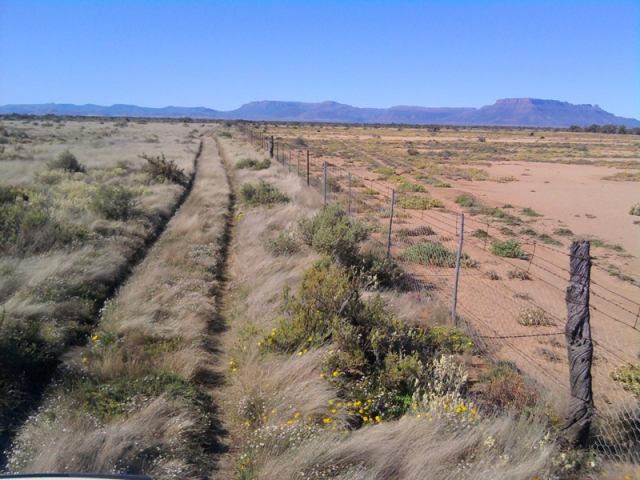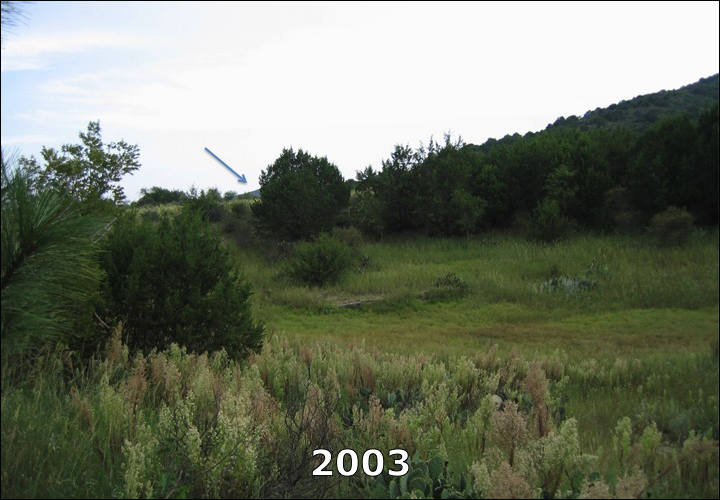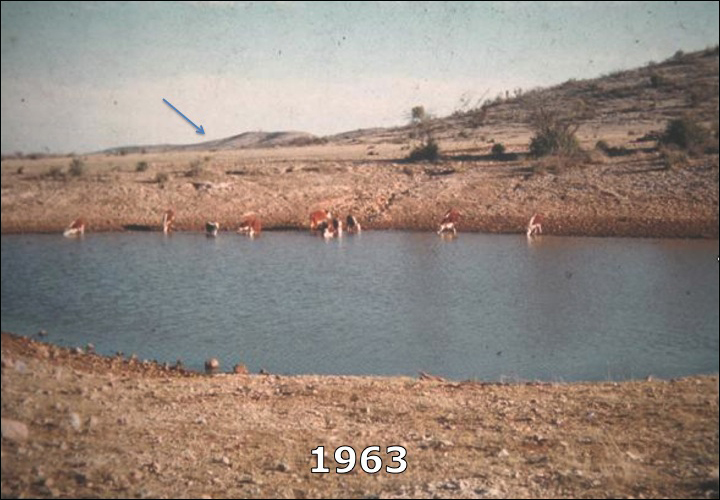“Humanity stands at the edge of an abyss. We have destroyed the planet, its biodiversity, our water and the climate, and through this destruction, we have destroyed the ecological context for our survival as a species. Ecological destruction and resource grab are generating conflicts, which are being accelerated into full-blown wars and violence. A context of fear and hate is overtaking the human imagination. We need to sow the seeds of peace—peace with the earth and each other, and in so doing, create hope for our future—as one humanity and as part of one Earth community.” – Vandana Shiva, Terra Viva, Pact for the Earth
November 26, 2015
Twenty-three years after the first United Nations Earth/Climate Summit in 1992, in the wake of a savage terrorist attack on November 13 that traumatized Europe, a multinational contingent of activists and stakeholders are gathered here for the COP 21 Climate Summit. A growing number of us here in Paris are determined to change the prevailing gloom and doom conversation on climate, and instead focus on practical solutions. Frustrated by the slow pace of global efforts to address climate change, angered by the “business-as-usual” arrogance of Big Oil, King Coal, industrial agribusiness and indentured politicians, a critical mass of the global grassroots appears ready to step up the pace and embrace a new solutions-based message and strategy that we in the organic movement call Regeneration.
Ten thousand of us took to the streets of Paris on November 28, peacefully defying the government ban on street demonstrations. I, along with a delegation of North American and Latin American Regeneration activists, joined the protest, holding hands with our French and European comrades in a human chain stretching for miles. Our section of the animated chain, punctuated with colorful homemade signs, T-shirts and banners, was designated “Solutions.” Lined up at the corner of Boulevard Voltaire and Allée du Philosophe, our boisterous group’s most popular chant, repeated over and over again in Spanish, English and French, drawing smiles and thumbs-up reactions from Parisians on the streets, was “El pueblo unido, jamas sera vencido” (“The people united will never be defeated).”
Standing at the crossroads of a climate Apocalypse, a growing consensus appears to be emerging: We must not only phase out Big Oil, King Coal and industrial food and farming, and stop polluting the already supersaturated atmosphere and the oceans with additional greenhouse gases, but we must also strip out or draw down approximately 200 billion tons of excess CO2 already blanketing the atmosphere. And we must do this utilizing proven, “shovel-ready” regenerative organic farming and land use practices.
As of today, December 3, more than 50 national governments, activist organizations and stakeholder organizations (including the Organic Consumers Association and our Mexico affiliate, Via Organica) have signed on to the French government’s “4 Per 1000 Initiative: Soils for Food Security and Climate” declaration. The declaration emphasizes that agriculture, and agricultural soils in particular, can play a crucial role in reversing global warming and increasing global food security.
Based on a growing body of farming practices and scientific evidence, the French government’s Initiative invites all partners to declare or to implement practical programs for carbon sequestration in soil and for the types of farming methods used to promote it (e.g. agroecology, agroforestry, conservation agriculture and landscape management). According to Andre Leu, president of IFOAM Organics International, the French Initiative on sequestering atmospheric carbon in soils via regenerative ag practices is “historic, marking the first time that international climate negotiators and stakeholders have recognized the strategic imperative of transforming and regenerating our global food and farming system in order to reverse global warming.”
Zero emissions are necessary, but not enough
Rejecting the standard discourse of 350.org and other climate groups that promote a tunnel-vision focus on “zero emissions by 2050” as the sole solution to stave off runaway global warming and climate catastrophe, a growing corps of Regenerators here in Paris, under the banner of “Refroidir la Planète” (“Cool the Planet”) and “Alimenter le Monde” (“Feed the World’) have begun to build a Regeneration International movement.
This movement is inspired by the practices of thousands of organic farmers, holistic ranchers, pastoralists and indigenous communities across the globe who are demonstrating that truly regenerative farming, grazing, forestry and land use practices, scaled up globally, sequestering in some cases up to 5-10 tons of carbon per acre per year, literally have the potential to reverse global warming. The co-benefits of this massive recarbonization and regeneration of the soil, grasslands and forests include: reducing rural poverty, improving plant and animal health and food quality, increasing natural water storage in soils, building crop resilience restoring public health, and last, but not least, reducing global strife.
For those who have never heard of regenerative organic food, farming and land use, here’s a short fact sheet (pdf) and a longer annotated bibliography. This new Regeneration paradigm is based on the biological fact that healthy soils, grasslands and forests can literally draw down, through enhanced plant photosynthesis, enough excess carbon from the atmosphere to bring us back to pre-industrial levels of 280 parts per million of CO2.
As IFOAM states in a handout this week at the Paris Climate Summit: “We need to Reverse Climate Change—not just slow it down.” IFOAM goes on to explain:
We need to do more than just stop the increase in greenhouse gas emissions… We also have to drawdown the excess CO2 in the atmosphere to return the climate to the level where it should be—the pre-industrial level. Soils are the greatest carbon sink after the oceans, and hold significantly more carbon than the atmosphere and biomass combined. There is a growing body of published science indicating that regenerative farming systems, including organic agriculture, can strip significant amounts of CO2 out of the atmosphere and sequester it into the soil as soil organic matter. The co-benefits of this regeneration include greater resilience to adverse weather events… better adaptation to climate change… and food security… Regenerative organic farming is based upon current good practices and is a low-cost, shovel-ready solution that does not require untested, potentially catastrophic, hugely expensive geoengineering or carbon capture and storage technologies.
IFOAM’s leaflet goes on to point out that regenerative farming and land use practices are not being put forward as a substitute for stopping fossil fuel emissions, but rather as an essential complementary strategy that is absolutely necessary: “Soil carbon sequestration… and eliminating food and farming emissions… cannot be used to justify continued greenhouse gas pollution… or business as usual… We need to reverse climate change, not just sustain current greenhouse gas levels.”
Regenerating the body politic: connecting the dots for a new “Movement of Movements”
Global Regeneration requires a revolution, not only in our thinking, but in our heretofore tunnel vision, “my issue is more important than your issue,” “my constituency is more important than your constituency,” model of grassroots organizing. Disempowed, exploited people, overwhelmed by the challenges of everyday survival, don’t have the luxury of connecting the dots between all the issues and focusing on the Big Picture. It’s the job of Regenerators to globalize the struggle, to globalize hope and connect the dots between issues, communities and constituencies. We need to move beyond mere mitigation or sustainability concepts that simply depress or demobilize people to a bold new global strategy of Regeneration.
Healthy soil, healthy plants, healthy animals, healthy people, healthy climate . . . our physical and economic health, our very survival as a species, is directly connected to the soil, biodiversity and the health and fertility of our food and farming systems.
So who will carry out this global Regeneration Revolution?
Of course we must continue, and in fact vastly increase, our pressure on governments and corporations to change public policies and marketplace practices. As indicated above, the most encouraging development at the Climate Summit here in Paris is that a growing number of countries and activist networks are endorsing the French government’s .4% Initiative to pay farmers to move away from the climate destructive practices of industrial agriculture and to sequester carbon in their soils. But in order to truly overturn “business-as-usual” we must inspire and mobilize a vastly larger climate change coalition than the one we have now. Food, climate and economic justice advocates must unite forces so we can educate and mobilize a massive grassroots army of Earth Regenerators: three billion small farmers and rural villagers, ranchers, pastoralists, forest dwellers, urban agriculturalists and indigenous communities—aided and abetted by several billion conscious consumers and urban activists.
The time is late. Circumstances are dire. But we still have time to regenerate the Earth and the body politic.
Here are four things you can do to join the Regeneration Movement.
(1) Change the climate conversation in your local community or in your local organization from doom and gloom to one of positive solutions, based upon the Regeneration perspective. Join our Regeneration International Facebook page. (https://www.facebook.com/regenerationinternational) Publicize and share strategic articles, videos and best practices. If you need to study up on how soil sequestration works, read and re-read this pamphlet (https://www.organicconsumers.org/news/soil-carbon-restoration-can-biology-do-job) and go through the major articles in our annotated bibliography (https://www.organicconsumers.org/news/regenerative-agriculture-annotated-bibliography)
(2) Join or help organize a local or regional Regeneration working group. If you’re ready to become a Regeneration organizer send an email to info@regenerationinternational.org
(3) Boycott “degenerate” foods. Regenerate your health and your diet. Get ready to join OCA and Regeneration International’s soon-to-be-announced global campaign and boycott against Monsanto, factory farms, GMO animal feeds, biofuels and so-called “Climate-Smart Agriculture.” One of the most important things you can do today and every day is to buy and consume organic, grass-fed, locally produced, climate friendly foods.
(4) Help organize and plan regeneration conferences and meetings. Make your plans now to attend our Regeneration International global climate and biodiversity Summit in Mexico City December. 1-3, 2016.
Ronnie Cummins is international director of the Organic Consumers Association https://www.organicconsumers.org/ (U.S.) and Via Organica https://viaorganica.org/ (Mexico) and a member of the Regeneration International org steering committee. He wrote this from the COP 21 Climate Summit, Paris, France, December 3, 2015



